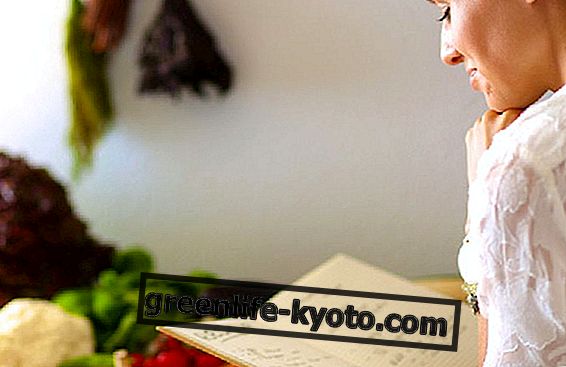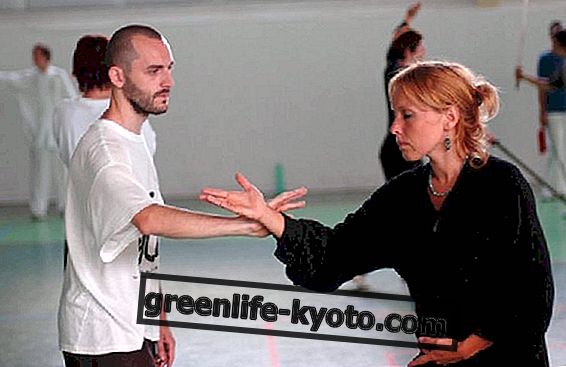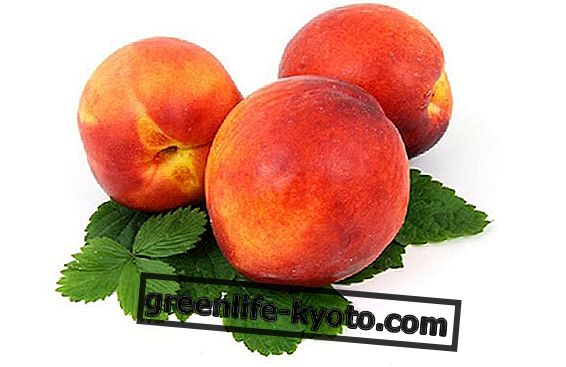
Knowing how to adjust the breath well in any situation helps to relax the nerves when you are in states of exertion, anxiety, fear or tension.
Usually, in ordinary life, expiration is neglected. It is often inhaled with the mouth or nose in a broken and frantic way and at the expense of it is the exhalation, which is never long and deep and is not carried to the end. Every obstacle to breathing causes an acute discomfort that affects the entire system.
Breathing well increases vital capacity . Try also now, at this moment in which you are reading, to approach the shoulder blades and inhale. Let it all go when you blow the air out. Taking care of the exhalation until the end develops awareness .
One, no one hundred thousand breaths
When I faced the first practices given to me by Antonio Olivieri (Sooryachandra - KHYF according to the tradition of T. Krishnamacharya and TKV Desikacha r) reported to me by my friend Alice Frantellizzi, I discovered with him how my breathing was "spoiled" by art Martial. In other words, the abdominal area was very interested while in the clavicular and thoracic area there was much less awareness.
At that time I was interested in exploring complete yogic breathing (considering that I had been somewhat spoiled by American egotistical practices, valid in some way but deviating from the pure sense of yoga) and what happened opened the door to a search that still lasts today. Judging by myself, I thought: "I breathe badly" and connected - I do not know how much truthfulness and consistency - a whole series of points in my system of reasoning.
I found a connection between this matter of breath and the exploration of my nature; breathing as I had always done up to that point, I was foreclosing the possibility of knowing myself. Months later, approaching the holotropic breathing in the days organized in Rome by the psychologist Elisabetta Corberi, I found myself faced with the phrase: "There is no way to breathe, only one that is valid and better than others."
In fact, Antonio himself said to me: "Not that there's anything wrong with breathing especially abdominally, but now you know there is ALSO this breathing."
Shoulder blades, diaphragm and nursery rhymes
Over time I realized that one of the best exercises to get used to a regular and complete exhalation is to read aloud. You can try this same article. Take the next words and read them all in one breath but without straining yourself too much. Count the words and tomorrow, with another article, see if there is progress. All this serves to observe how long we can extend our exhalation. You can also practice with a nursery rhyme or by counting or humming with your mouth closed.
Treating exhalation and inspiration helps to develop consciousness.
For example, breathing is something you can't do fully when hunchbacked.
Keep your shoulder blades close and in doing so you will also straighten your shoulders.
You will free the entire abdominal area from unnecessary weight and pressure. The diaphragm wants to move in its own way. The assiduous observation increases the vital capacity. Breath is a force that does not want to be neglected.
How muscles and breathing are connected













